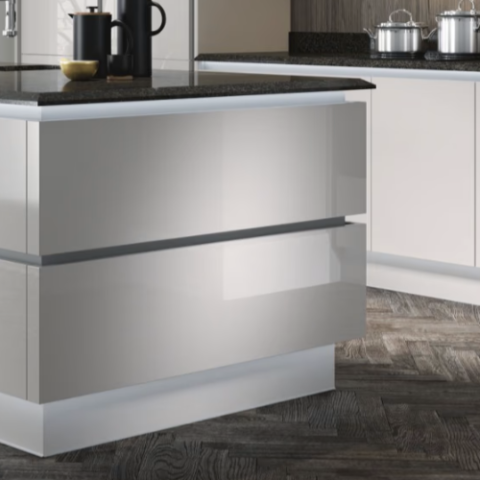Dense: Dense & Green in the City
By Jo Phillips
The world continues to grow everyday. New things are invented and babies are born. This ever-growing world is beginning to face problems in densely populated cities and how to deal with architecture within them. Originally, building up was thought to be the best way to do it, but it is ugly. Now architects and innovators are proposing new ideas for the cities of the future.
In New York, James Ramsey and Dan Barasch designed a ‘Low Line’ (like the famous ‘High Line’)– an underground park in an abandoned trolley terminal.
Cities of the future have some requirements. They have to be able to handle the overcrowding problem efficiently, limit pollution/be greener, and make sure everything is connected with data collected.
Masdar, United Arab Emirates is designed to be one of the most sustainable on the planet aiming to be carbon free. It is pedestrian-friendly and entirely car free, except for the network of electric driverless pods. The buildings planned for Masdar were designed by Norman Foster’s firm of architects, which designed the London City Hall.
Songdo, South Korea is the £23bn poster child for a modern, smart city near the Yellow Sea. The systems of the city are all linked together with sensors on everything. Even the escalators are on a sensor so for energy efficiency, the only move when someone is on them.
Finally, one New York architect, James Wines, proposed a new style of housing for densely populated areas in 1981 combining more green space with practical living. He suggested turing high-rises and skyscrapers into framed plots that could include houses, gardens, shops, and offices with internal streets to create a village sense of community in a city.













